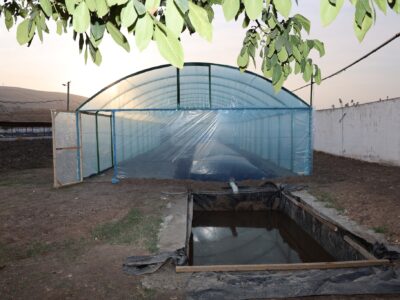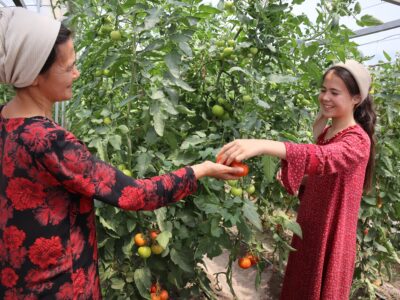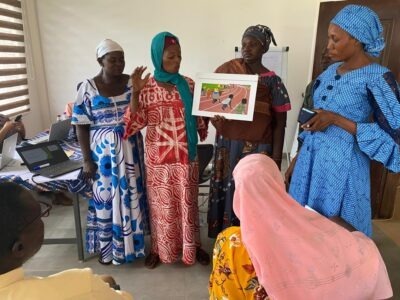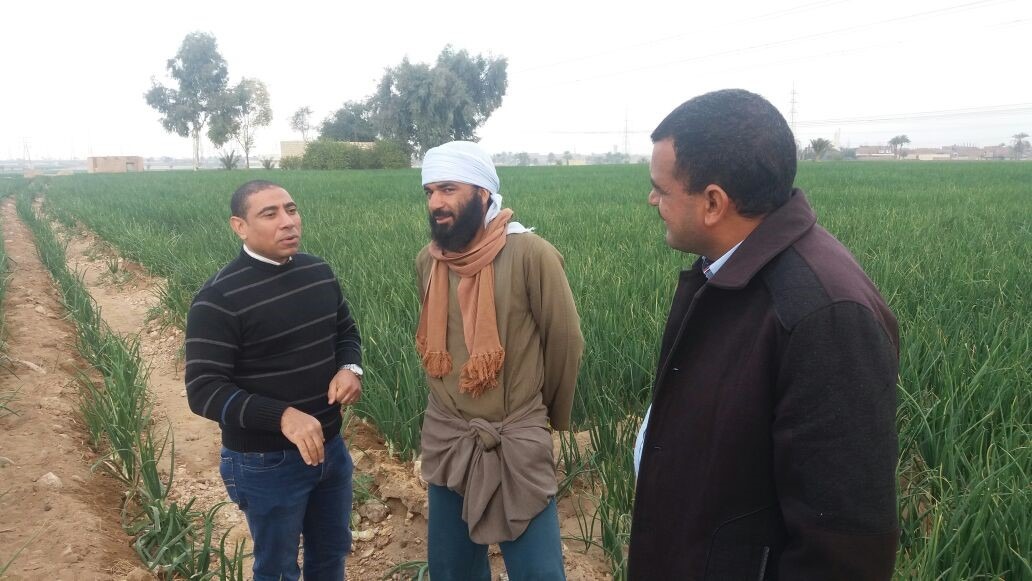
After graduating from an agricultural technical school in Egypt, Sedki spent 10 years struggling with his small, reclaimed, mountain-side plot of land. He cultivated onions on the four and a half feddans, which provided barely enough food for his family, mother, and four siblings.
Finally, Sedki found hope in the USAID-funded Advanced Marketing and Agribusiness Logistics (AMAL) project, implemented by ACDI/VOCA. The AMAL project provided Sedki with technical support by connecting him with an AMAL consultant and onion cultivation specialist, Dr. Rafaat Allam, from the Center of Agricultural Research.
Sedki told Dr. Rafaat that he hoped to increase his productivity to 18.5 tons per feddan and to earn LE 1,500 per ton. By 2016, Sedki achieved this goal, but when Dr. Rafaat first told him he could triple his revenue, Sedki had doubts. He could not help but think that Dr. Rafaat was simply encouraging him to join the project by raising his expectations. After taking part in trainings, Sedki had a change of heart.
“The AMAL project managed to turn the nightmare of onion cultivation into a sweet reality for me by raising productivity by 49 percent, income and profitability by 3.7 and 6.8 times, respectively, in one year!” – Sedki, an Egyptian farmer and AMAL project participant
Sedki was unfamiliar with the new agricultural practices introduced to him. He learned that too much nitrogen fertilizer could damage the quantity and quality of onions, and he learned how to reduce his usage from eight to six packages per feddan. This lowered how much Sedki spent on chemical fertilizers. He also learned to adjust his land’s irrigation rate to cut costs, ration water usage, and improve the plants’ resistance to disease. The project taught him the proper method of harvesting and drying onions to prevent post-harvest losses.
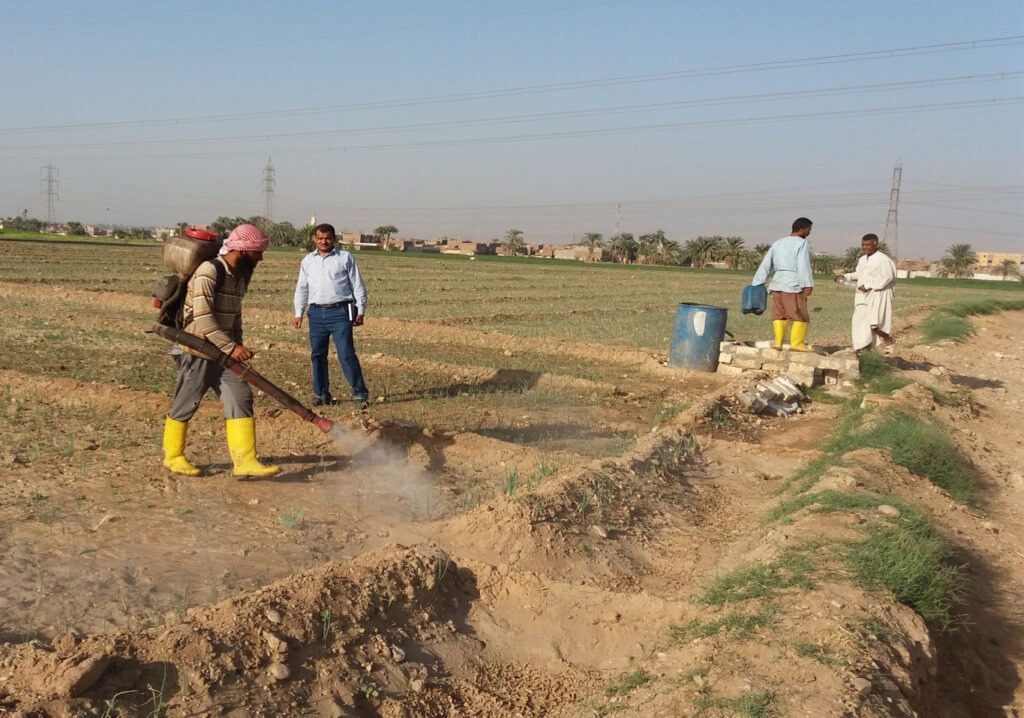
The AMAL project also trained Sedki in how to negotiate prices with merchandisers to increase his profits. Because of this, he doubled his prices from LE 1,500 per ton last year to LE 3,800 per ton this year. Previously, Sedki would send what he harvested to the Tanta market, where wholesalers would buy it at low prices and pay in installments. These buyers still owe him 30 percent of his dealings from last year.
“Thanks to my new negotiation skills, I managed to bargain with wholesalers and sell my produce for LE 3800 per ton,” Sedki said. “Due to the high-quality onions, the wholesalers agreed to all my demands, including paying in cash.”
The AMAL project introduced a pesticide control program for using more effective pesticides and less spray doses to local farmers like Sedki. During this program, Sedki said, “I gave Dr. Rafaat a bottle of the pesticide I used the previous year to fight onion thrips that was ineffective. To my surprise, Dr. Rafaat told me that the bottle was only a cough sedative. I realized that I was a victim of the pesticide mafia that sells highly-priced useless products.”
In 2016, Egypt decided to float its currency, causing prices to go up and Sedki’s production costs to grow from LE 10,000 LE per ton to LE 18,000 LE per ton. Despite this fluctuation, his revenue still grew from LE 27,750 per feddan to a staggering LE 104,880 per feddan thanks to a well-designed fertilization and pesticide control program.
“I’ll use the revenue to improve my farm and educate my children to become great farmers. Also, I am donating part of my revenue to help build a hospital in my village.” — Sedki, an Egyptian farmer and AMAL project participant
Sedki can now see the value of his land and plans to expand his onion cultivation by 25 percent.

